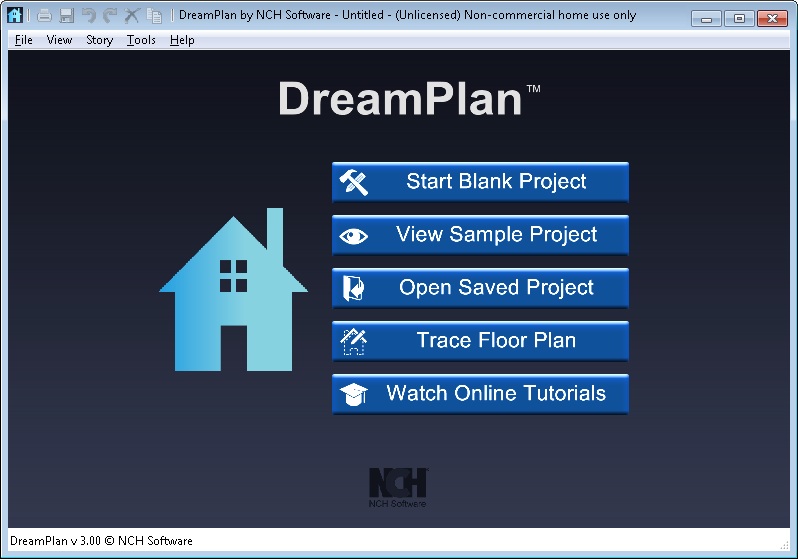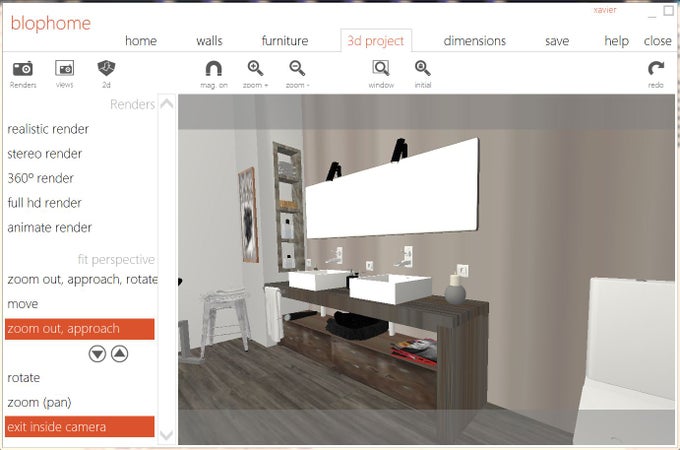

You can then draw the 3D items on top of the plan and hide the original when everything’s in its right place. To do that you’ll need to know (or guess) the dimensions of a wall, line or other feature in the drawing if you can’t provide that, DreamPlan can’t work out what’s going on. One of DreamPlan’s most interesting features is its Trace Wizard, which enables you to import any JPG or PNG file (such as a floor plan) and then trace over the top of it. We found the user interface a little unintuitive, especially when it comes to moving around your design (Image credit: Carrie Marshall)

There’s also a useful landscaping brush that you can quickly use to deform the default flat landscape to add realistic hills and dips. That makes creating a new room or structure incredibly quick. Then it’s just a matter of putting it into place for items that tend to repeat, such as walls or fencing, you select your start point and the item is automatically repeated as you move the mouse around. Selecting one of those items displays its properties including its style and color as well as item-specific details such as the slope and size of a roof or the width and tread height of stairs. There are five sets of predefined objects – building, exterior, interior, decks and landscaping – and context-sensitive toolbars for each, so for example tapping on Building gives you walls, windows, doors, floors, ceilings and so on.

The navigation may be sluggish but creating is very quick, even in 3D. Unlike many other home design apps, DreamPlan enables you to create your structure while working in 3D view (Image credit: Carrie Marshall)


 0 kommentar(er)
0 kommentar(er)
